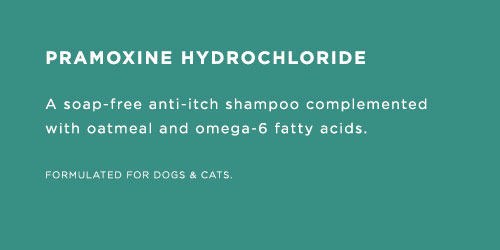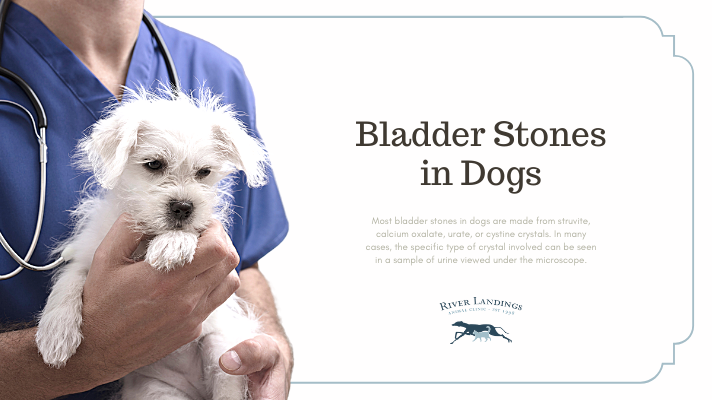Have you ever watched your pup lick or chew their coat, or even roll around on the ground? These are your pup’s way of keeping clean, but sometimes a little help goes a long way.
How often should you bathe your dog?
It depends. Unless your dog has skins problems, there is no specific need to bathe a dog except to improve their general smell. The recommended routine for dog’s with normal skin is once a month with dog shampoo or baby shampoo. If you want to bathe your dog more often than once a month, use a soap-free or moisturizing shampoo to prevent the skin from becoming dry.
Special shampoos we sell on our shelves:
Bathing steps
First, brush down your pet to remove all dead hair and mats.
Fill a tub or sink with three to four inches of lukewarm water.
Use a spray hose, large pitcher, or unbreakable cup to wet down your pet. Take care not to spray or pour water directly in their ears, eyes, or nose.
Massage shampoo gently from head to tail. Rinse and repeat as needed.
For a thorough dry, give your pet a good rub with a large towel.
Note: For dogs with loose facial skin or wrinkles, clean the folds with damp cotton and dry thoroughly between the folds. This will prevent dirt and bacteria from causing irritation and infection.
No appointment necessary. Walk-ins welcome!
Don’t have time or the space to bathe your pup? We also offer grooming services (baths, nail trims, ear cleanings, and anal gland expression). No appointment necessary. Walk-ins welcome!























